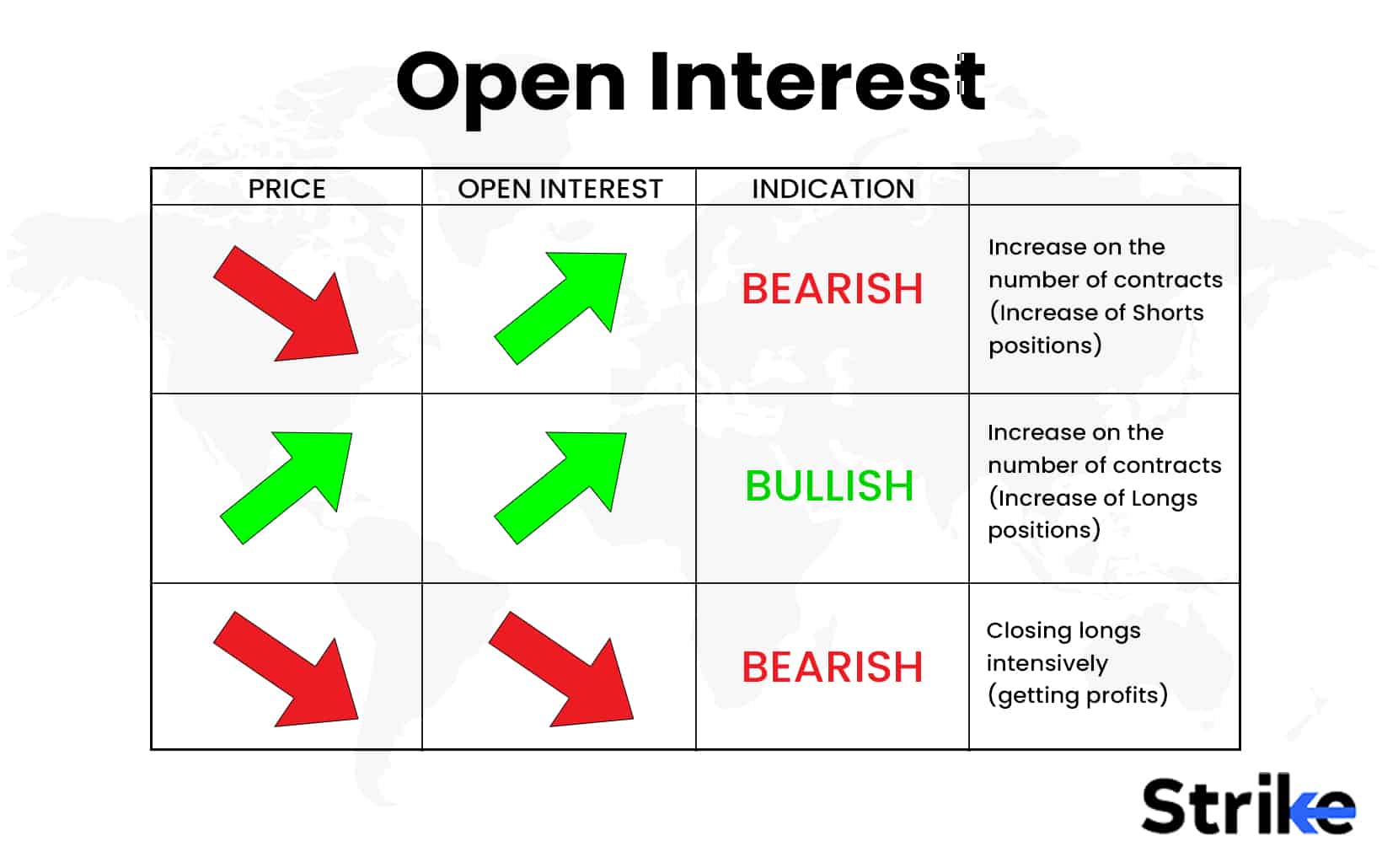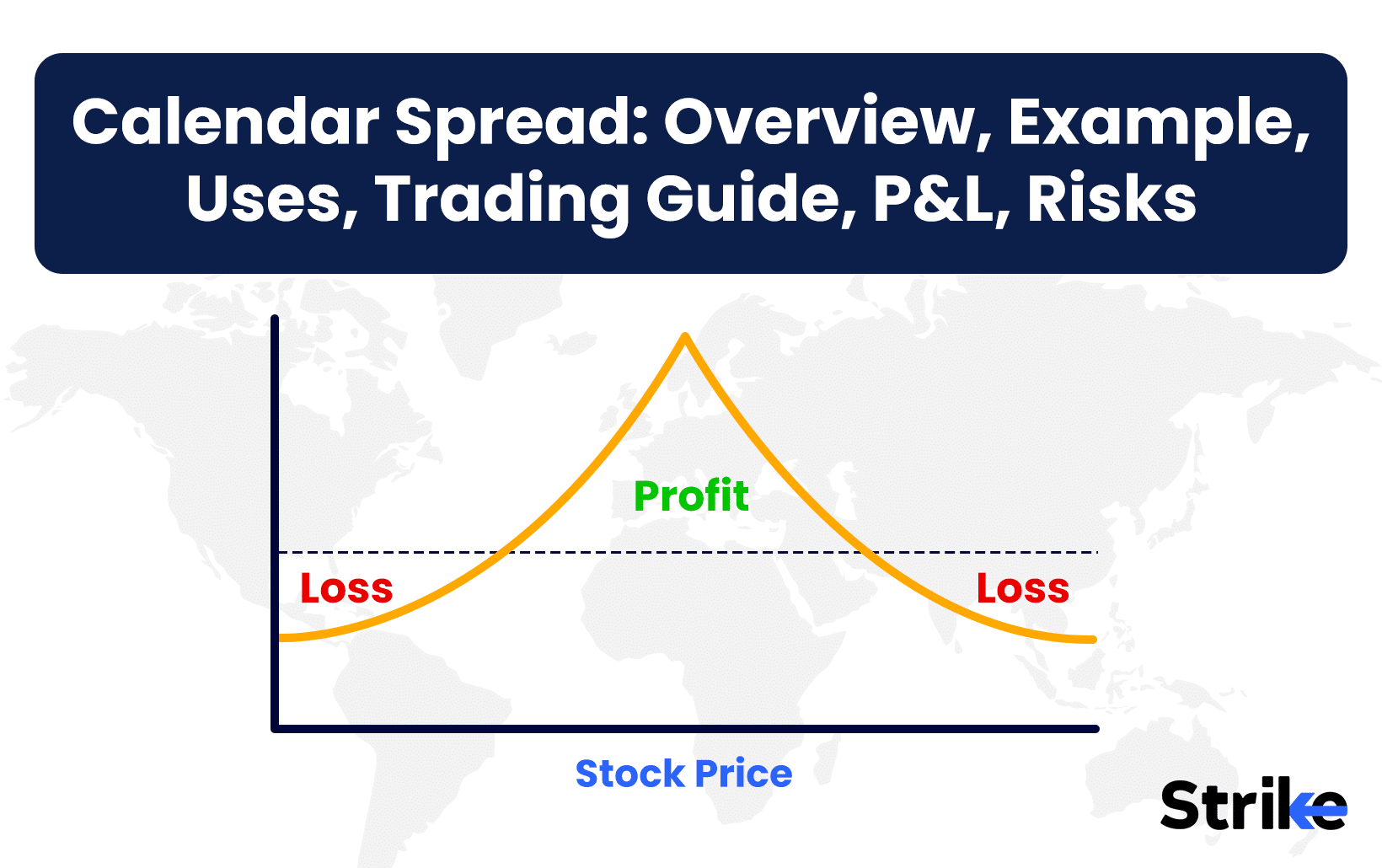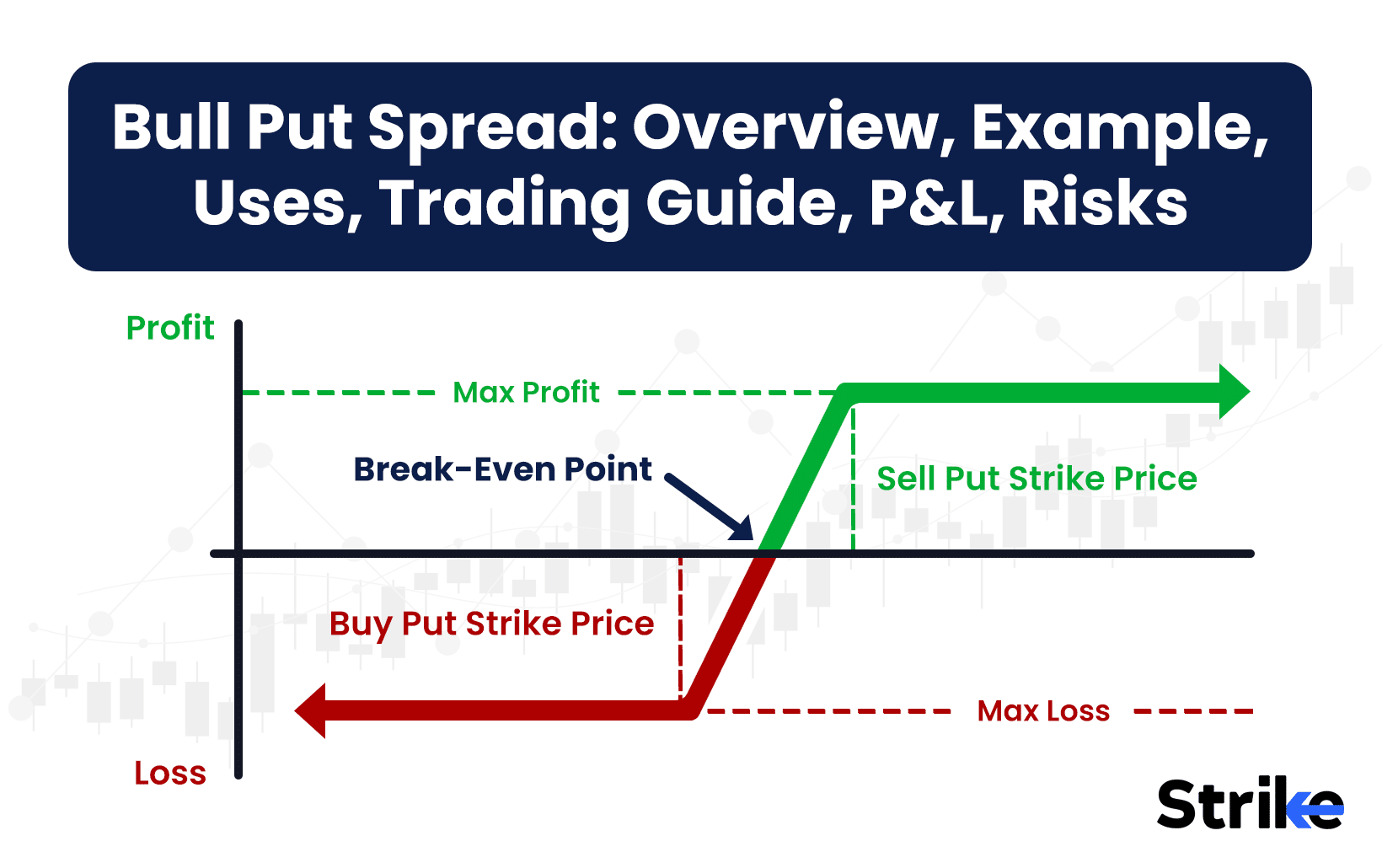Open Interest: Definition, Uses, Calculation with Example, How to Trade

Open interest is an indicator that sheds light on the perspectives and positioning of traders in the derivatives sphere. Open interest insights into whether participation is intensifying or waning. A higher tally suggests strengthening consensus around a particular outlook, whereas a decline may portend weakening momentum.
Traders rely on open interest trends to guide trading decisions and gauge the probable course of underlying prices. An uptick aligning with rising prices provides confirmation that others also foresee additional upside. Meanwhile, shrinking open interest accompanying a break lower offers a cautionary signal that traders are exiting in anticipation of downside. Divergences from typical patterns between open interest and value can also forewarn of impending trend changes.
Monitoring how open interest behaves in relation to trading activity, news announcements, and key technical levels grants perspective into the thought processes and motivations of market members. Spiking volumes prior to earnings accompanied by growing open positions implies participants are placing substantial bets poised to catalyze sharp movements. Waning open interest after extended moves higher or lower may serve as an early warning that others are taking profits.
What is open interest?
Open interest is a technical indicator that calculates the non-settled/open contracts of an asset. Open interest provides insights into the sentiment and positions held by market participants in derivatives markets. Higher open interest for a contract indicates increasing participation and conviction in the directional movement of the underlying asset.
What are the uses of open interest?
The main use of open interest is that it helps improve your trading by providing insights into market direction, trend strength, and potential reversals. Looking at open interest trends along with price action signals whether a trend is likely to continue or reverse. Rising open interest indicates new money flowing into the market while declining open interest suggests waning momentum. Divergences between price and open interest foreshadow trend reversals. Analyzing open interest patterns allows traders to better time entries and exits.
How to find open interest data?
You will be able to find open interest data using Strike.money using the steps below.
1) Seach and navigate to the desired stock’s page.
2) In the page that appears go to the ‘options’ tab.’

3) The page that appears will show open interest data.
How is open interest calculated?
Open interest is calculated using the formula
Open Interest = Opening Open Interest + New Open Interest – Closed Trades
It is calculated by adding all contracts from open trades and then subtracting it when the trade is closed.
What is an example of open interest?
Let us look at a hypothetical example of open interest. We are looking at TCS shares for the same.
Suppose yesterday’s open interest for TCS futures contracts was 50,000.
Today, 10,000 new TCS futures contracts were opened by traders.
Also today, 5,000 TCS futures contracts were closed out or expired.
Using the formula
Open Interest = Previous Day’s Open Interest + New Contracts Opened – Contracts Closed
Open Interest for TCS futures = 50,000 + 10,000 – 5,000
= 55,000
How does open interest affect stock price?
Open interest affects stock price by indicating the flow of money into an options contract. An increase in open interest signals that new money is flowing into the option. This could mean investors are betting on future movements in the stock price in either direction. A decrease in open interest signals that money is flowing out of the option as positions are being closed. Changes in open interest tend to precede a change in the price of the underlying stock. Therefore, monitoring open interest provides clues about potential future stock price movement based on current options trading activity.
How to use open interest for trading?
To use open interest for trading, look for increasing open interest along with rising volume on upside breakouts to confirm that new money is entering the market signaling further price increases. Declining open interest along with volume on breakdowns is a bearish sign that traders are closing out positions, indicating potential for further downward moves. A surge in open interest prior to major news events like earnings indicates traders are taking positions betting on bigger stock moves, so be prepared for potential sharp volatility.
Open interest declining following a long move higher or lower could signal a topping or bottoming pattern as traders take profits and exit positions, so watch for reversals.
What does high open interest mean?
High open interest means that a lot of traders currently hold open positions in a particular options contract. This indicates that the options contract is very liquid and actively traded. Traders should look for options with high open interest when choosing contracts to trade, as high open interest makes it easier to get into and out of positions.
What does low open interest mean?
Low open interest means few traders currently hold open positions in a particular options contract. This indicates low liquidity and that the contract is not actively traded. Options with low open interest is difficult to enter or exit, as there may not be a counterparty readily available for trades. Traders should generally avoid options with very low open interest.
What does zero open interest mean?
Zero open interest means that no open positions currently exist for a particular options contract. This indicates that the contract is completely illiquid, as no traders hold it in their portfolios. Options with zero open interest are effectively untradable, as there are no counterparties to buy from or sell to. Traders should avoid options with zero open interest, as it would be nearly impossible to open or close positions.
What is the difference between open interest & trading volume?
The main difference between open interest and trading volume is that open interest refers to the number of outstanding contracts in the market, while trading volume refers to the number of contracts traded during a specified period. Open interest represents the total number of options or futures contracts that are currently held by market participants, whereas trading volume only captures the activity of contracts changing hands over a single trading session or other time period. Open interest is a running total that carries over from day to day, while trading volume resets after each trading period.









 Previous Article
Previous Article






No Comments Yet